How to prune cucumber plants
Discover how to prune cucumber plants to keep them in shape and ensure a bumper harvest

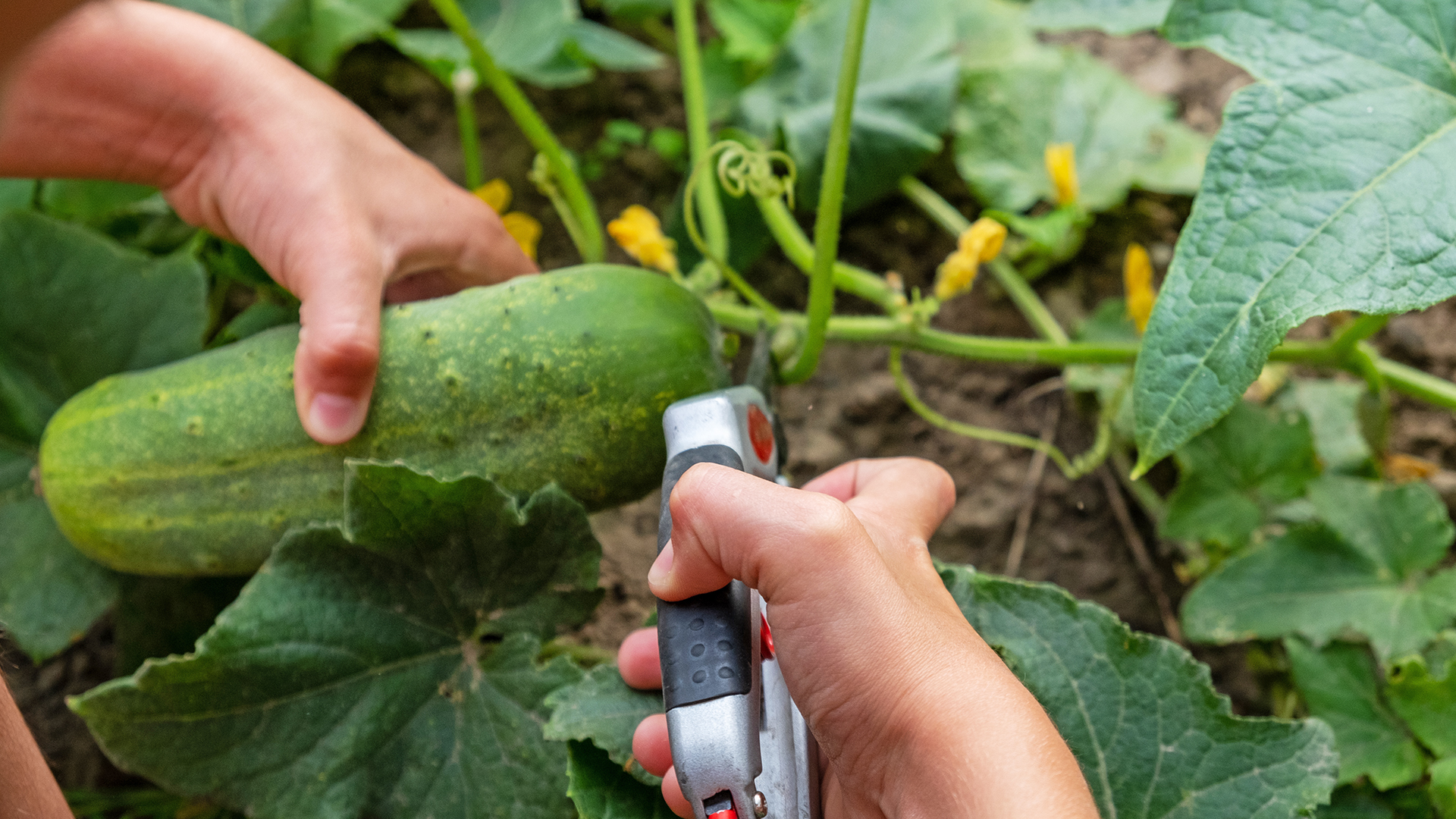
Knowing how to prune cucumber plants is essential if you want to keep them in good health and maximize your home crop.
Cucumbers are attractive, versatile plants, and their fruit makes a refreshing addition to salads, sandwiches and cocktails. As climbing vines, they are also space-efficient, making them one of the best kitchen garden ideas for a small backyard.
However, when learning how to grow cucumbers, an important part of the process is pruning them properly, in order to keep the plants productive.
‘Cucumbers are one of the most active plants that can ruin your gardening system and plans really fast,’ says Emilly Barbosa Fernandes, expert small space gardener and consultant at HouseGrail. ‘If ending up with miles of vines and a few fruits does not sound appealing, then pruning is the way to go.
‘Pruning cucumbers will forward the vital juices into the fruit development and make sure that the vines are growing in the right direction.’
It’s also important to know how to prune cucumber plants to keep them in good health. ‘It's vital to increase air flow and decrease disease, as well as prune off sick leaves,’ explains Suzy Blodgett, experienced grower and founder of the Confessions of a Growing Gardener blog.
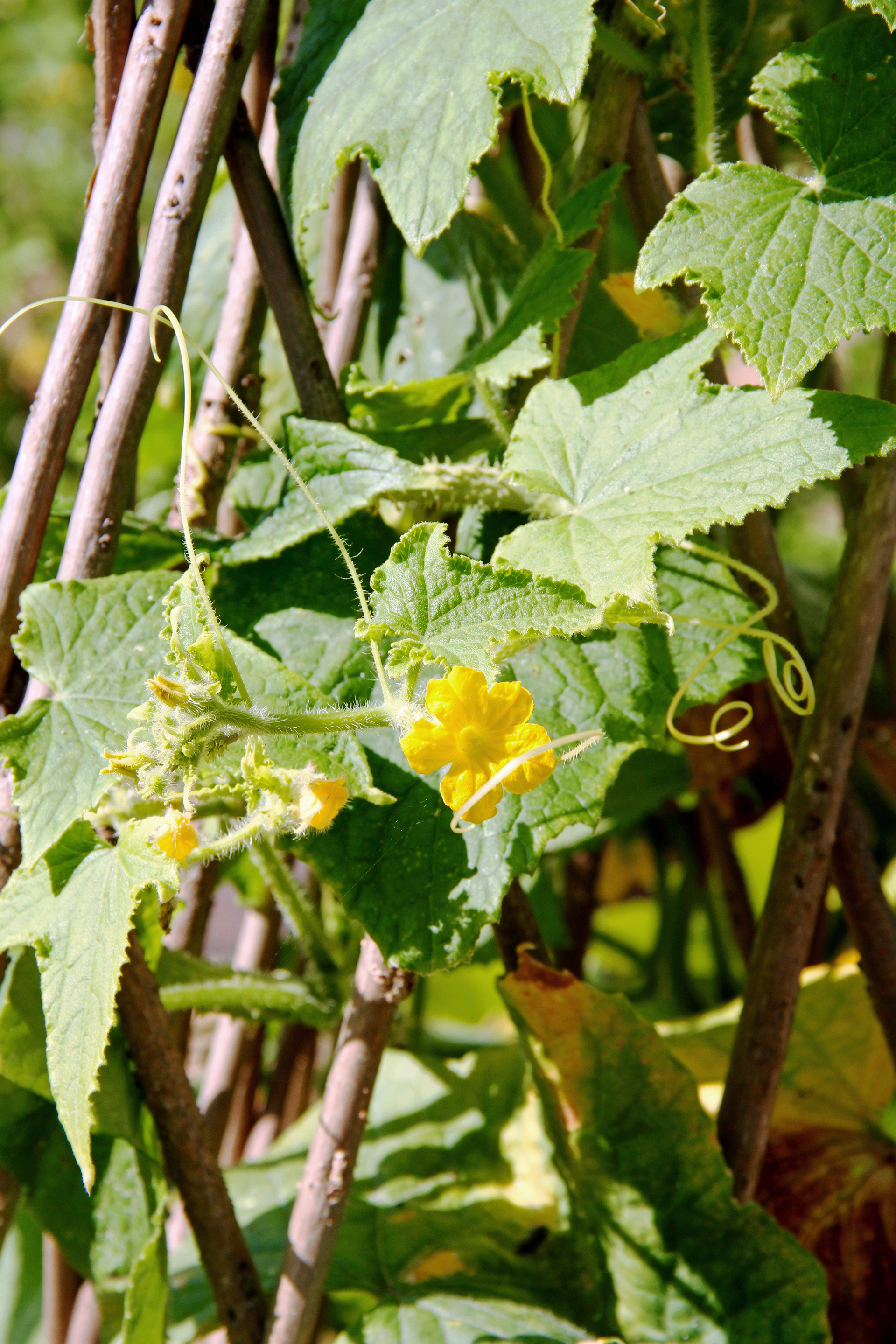
How to prune cucumber plants – expert tips
Pruning cucumber plants isn’t just a one-time job – you need to keep on top of the vines throughout the growing season. This can easily be done at the same time as picking cucumbers.
Design expertise in your inbox – from inspiring decorating ideas and beautiful celebrity homes to practical gardening advice and shopping round-ups.
‘Ideally you want to start trimming your cucumber plants to remove any damaged or dead portions as you see them,’ says Jen Stark, founder of Happy DIY Home. ‘Prune outside leaves, branches, fruits, and flowers as needed throughout the entire season.'
To give your plants a helping hand, also look at the options for cucumber companion planting to minimize disease and encourage fruit production.
- To prune cucumber plants, firstly you should find the main vine – also called the leader stem. ‘Your goal is to trim the secondary vines that grow close to the base, as long as they are 2-5 inches long,’ says Barbosa Fernandes. ‘The bloom on top will receive more juices and sun, resulting in the formation of better fruits.’
- ‘Remove older leaves from the plant to let light get in to reach your new fruit and improve how the air circulates. Trim off the shoots that branch from your plant's main vine stem routinely,’ adds Stark.
- ‘When removing diseased portions, be sure to get all of the yellow or brown plant matter, and leave only healthy, green growth,' says Blodgett.
- ‘Cucumber plants grow stems called ‘suckers’, which will pull nutrients away from the fruiting stems. They can usually be identified by having a main sun leaf and another small cluster of leaves in the middle. This part of the plant should be pruned or your crop will be small,’ says Laura Ritterman, experienced grower and owner of Recipe Fairy.
- ‘It's important to use a clean pair of sharp shears or scissors. Be sure to clean them after pruning to prevent spreading disease,' says Blodgett. 'You may want to use gloves to pick up the pruned parts, which can be a bit prickly.'
- 'Make sure to keep on top of the pruning so the cucumber plant doesn’t develop any diseases or produce bad vegetables,’ warns Ritterman.
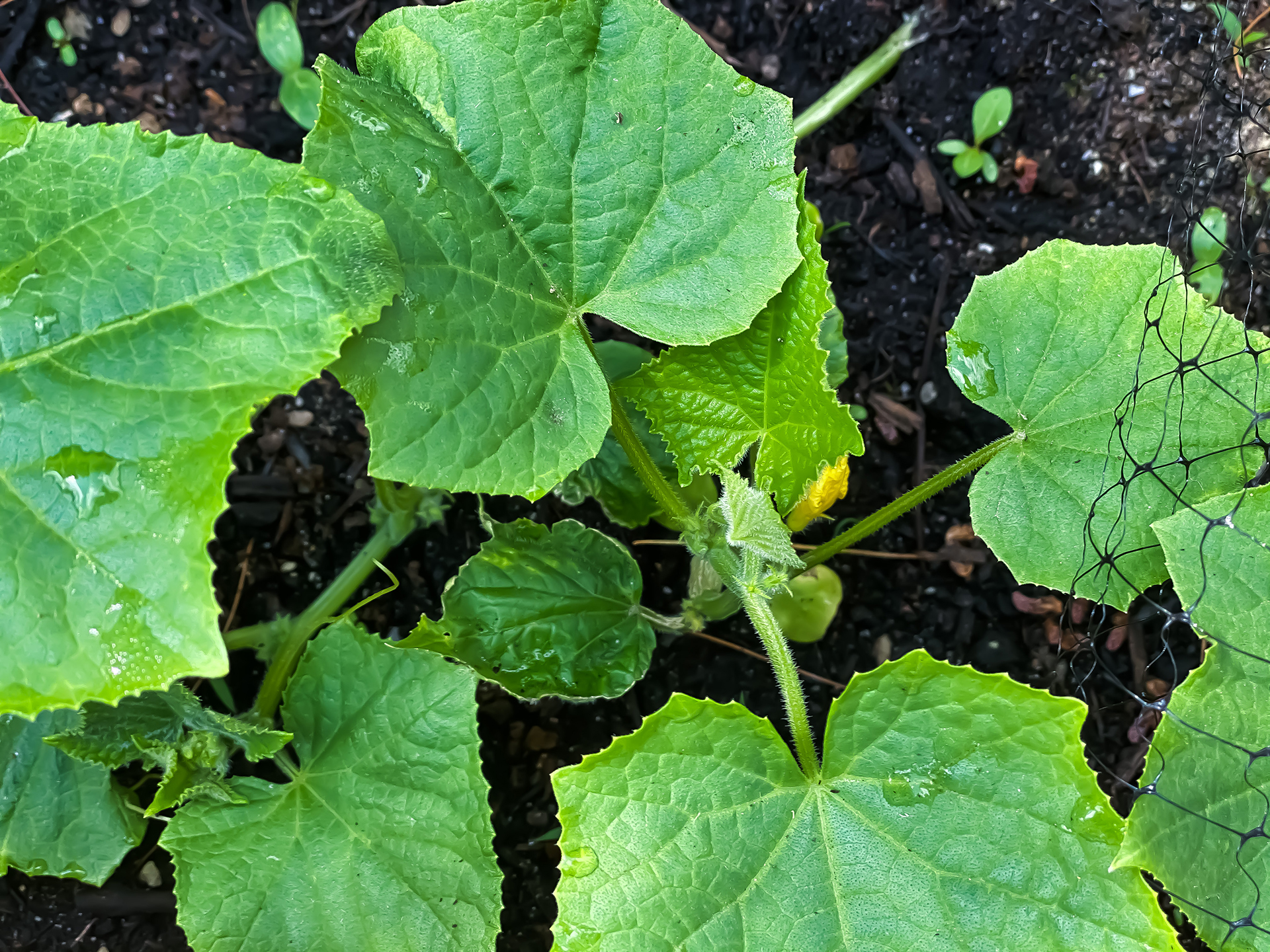
When should cucumbers be pruned?
‘Cucumbers should be pruned once a week during the growing season. However, during the more active growth phases, this can be done even twice per week,’ says Barbosa Fernandes.
It’s important not to prune cucumbers too early, however. ‘If you make the mistake of pruning them too early, you can impact your vine's health and it might not develop correctly,' says Stark.
‘You should let your cucumbers grow to a decent size – as they grow one to two feet tall. This may be between three and five weeks after you plant them and they start growing.’
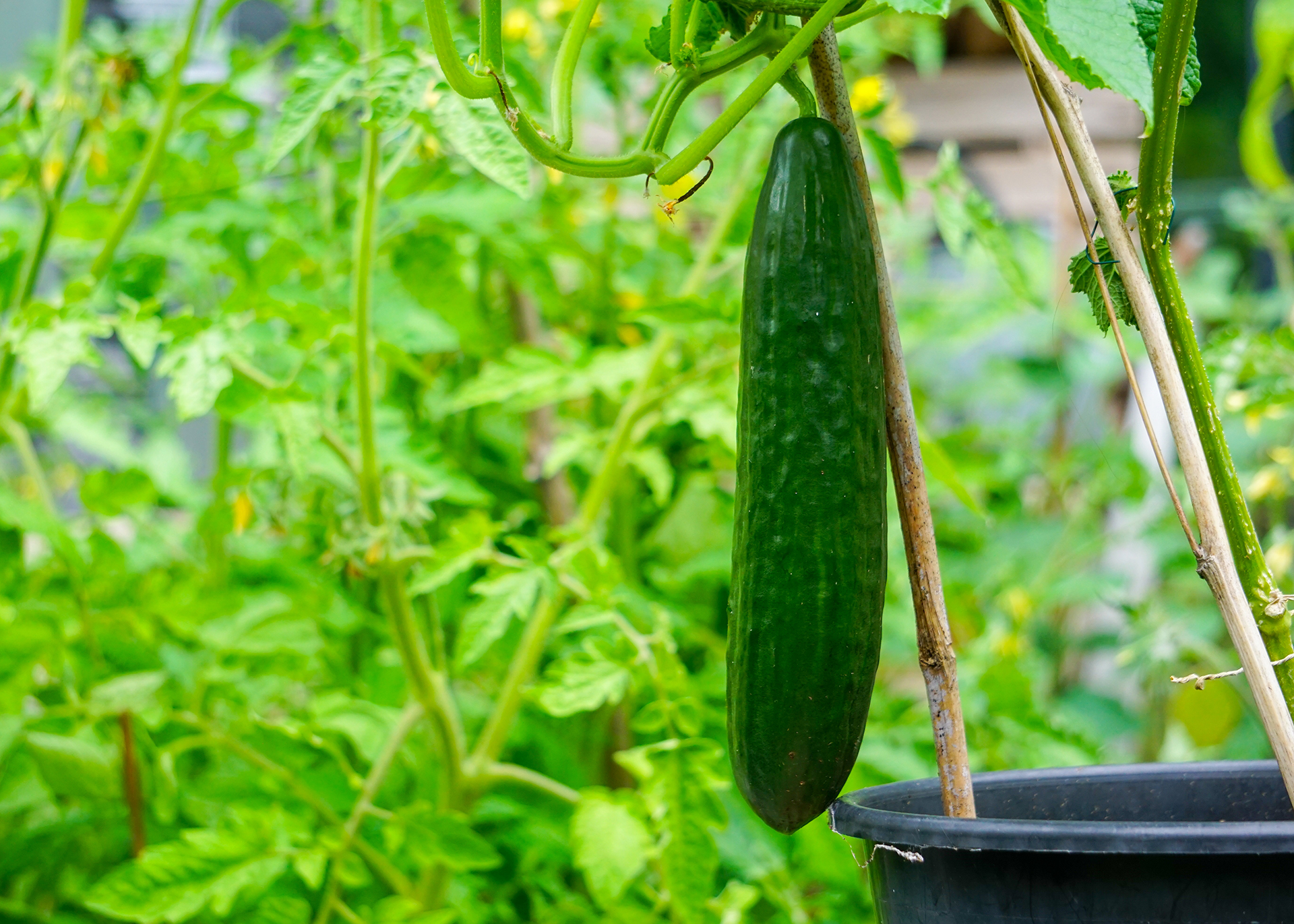
What happens if you don't prune cucumber plants?
If you don’t prune cucumber plants, then not only can the vines grow out of control, but disease can set in.
‘Diseases such as powdery mildew can quickly overcome a plant if action is not taken quickly. Pruning the infected leaves can save the rest of the plant and stop the infection, ensuring that you still get your delicious cucumbers,’ says Blodgett.
‘If you have a mess of cucumber plants, not pruning can prevent proper airflow, which is the perfect breeding ground for the powdery mildew to take hold. You can also keep your garden neater by pruning your plants when they get a bit overgrown.’
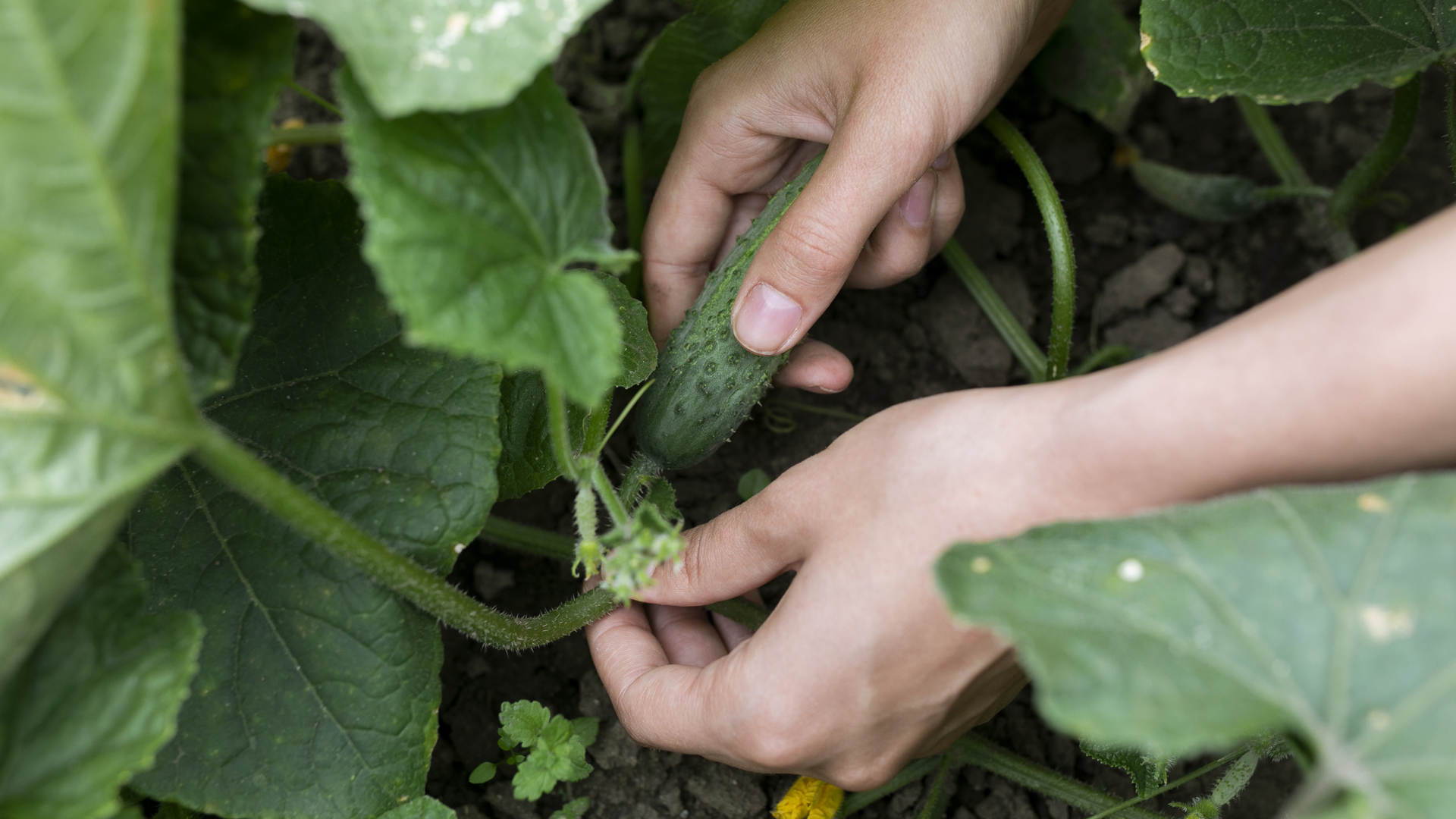
Should I top a cucumber plant?
‘Topping a cucumber plant means cutting its leader stem to redistribute the growth hormones in favor of secondary vines,’ says Barbosa Fernandes. ‘You should not top a cucumber plant because you want it to bloom on top to have a better crop.’
However, Blodgett argues that topping a cucumber plant may be useful later in the growing season. ‘If your plants are spreading out too much and the end of the season is approaching, you can top off your plants to stop the new growth and let the plant focus on finishing its current fruit,’ she says.

Melanie has worked in homes and gardens media for two decades. Having previously served as Editor on Period Living magazine, and worked on Homes & Gardens, Gardening Etc, Real Homes, and Homebuilding & Renovating, she is now focusing on her passion for gardening as a Senior Editor at Gardening Know How. As a keen home grower, Melanie has experimented with pretty much every type of vegetable at some point – with mixed results. Often it is the simplest things that elude you, which may explain why she just can't seem to master zucchinis.